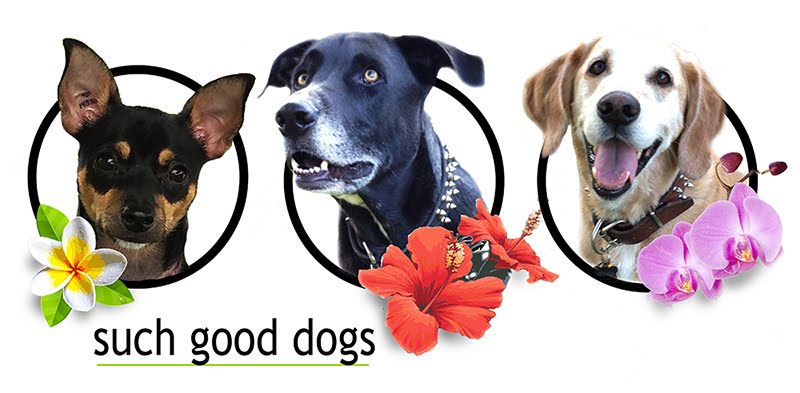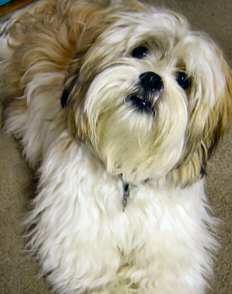The Slip Collar is most commonly known as the Choke Chain. The Slip Collar is a steel chain with a large ring at each end. To use the collar you pull the chain through one of the rings then slide it over the dog's head. The Slip Collar should go over the dog's head without any force. A slip collar should only be worn during training.
This training tool uses negative reinforcement and positive punishment. Although the slip collar can quickly suppress unwanted behavior, it can easily be used incorrectly. Improper use can lead to sever neck damage and possible strangulation.
I do not recommend using a Choke Chain when training your dog. Again, look into a head collar or easy-walk harness instead.
This training tool uses negative reinforcement and positive punishment. Although the slip collar can quickly suppress unwanted behavior, it can easily be used incorrectly. Improper use can lead to sever neck damage and possible strangulation.
I do not recommend using a Choke Chain when training your dog. Again, look into a head collar or easy-walk harness instead.






